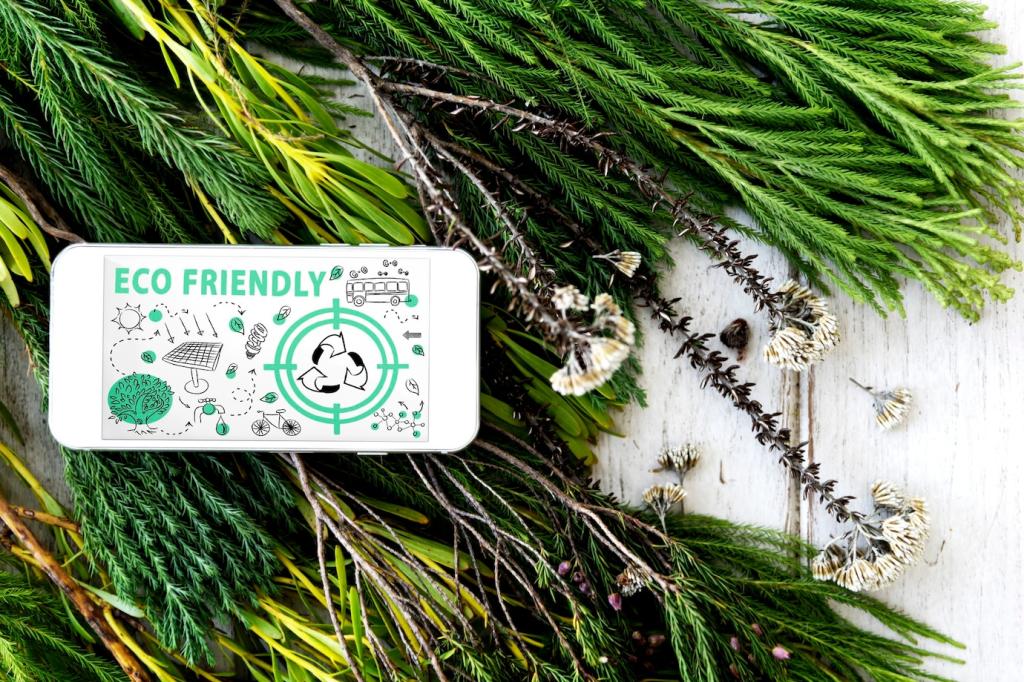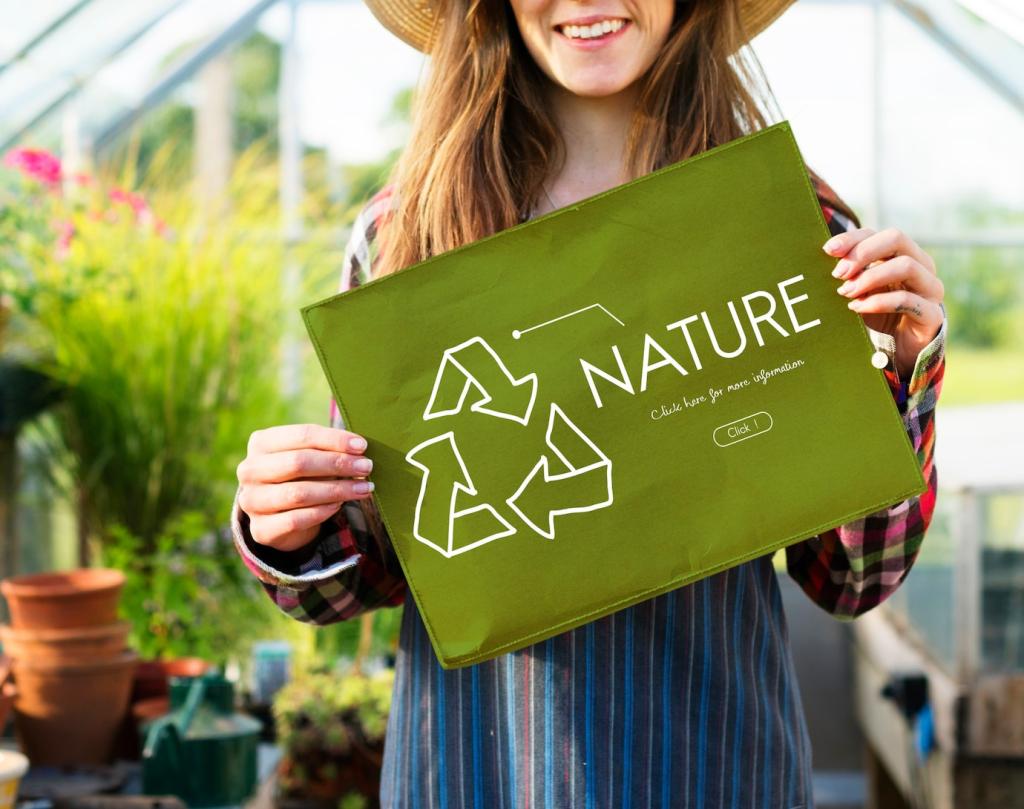Mastering The Art of Eco-Friendly Brand Messaging
Chosen theme: The Art of Eco-Friendly Brand Messaging. Step into a practical, inspiring guide for communicating genuine sustainability with clarity, credibility, and heart—so people not only believe you, they join you. Subscribe, share your challenges, and let’s shape meaningful, planet-positive narratives together.


Why Authenticity Is the Core of Eco-Friendly Brand Messaging
Eco-friendly brand messaging matters when it mirrors how you operate. Show the actions behind your words—supplier choices, packaging shifts, employee initiatives—so your audience recognizes substance over spin and feels invited to take part in the progress.


Storytelling That Makes Sustainability Feel Personal
Share the moment your sustainability journey began, then anchor it with evidence. A founder’s beach cleanup that sparked supplier changes becomes powerful when paired with trackable packaging reductions and verifiable sourcing improvements your audience can actually confirm.
Storytelling That Makes Sustainability Feel Personal
Introduce human faces—farmers, engineers, warehouse teams, and customers—whose choices shape impact. Explain what’s at risk and what improves. When people witness real effort, they better grasp why eco-friendly decisions may cost more but deliver deeper value.
Language and Design That Strengthen Credibility
01
Replace vague terms with specifics. Instead of saying ‘green packaging,’ say ‘100% recycled paper mailers, curbside recyclable, transitioning to water-based inks by Q4.’ Precise language respects your audience’s intelligence and reduces misunderstandings or mistrust.
02
Use charts with labeled units, alt text for images, and simple legends that explain scope. Visual restraint communicates confidence. When design clarifies rather than embellishes, people can quickly understand your eco performance and share it responsibly.
03
Ensure readable contrast, plain language summaries, and translations for key markets. Accessibility is sustainability’s ally because inclusive communication reduces friction, broadens participation, and makes your eco-friendly message genuinely available to everyone touched by your brand.


Proof Points, Transparency, and Third-Party Validation
If you use certifications, explain what they mean, their scope, and limitations. Clarify whether they apply to a product line or the entire brand. Context signals respect and prevents confusion that can erode trust in eco-friendly claims.
Proof Points, Transparency, and Third-Party Validation
Frame performance across sourcing, manufacturing, distribution, use, and end-of-life. If a product is durable yet hard to recycle, say so—and outline improvements. People value brands that map trade-offs rather than overpromise perfection.
Know the Rules
Align claims with guidance such as the FTC Green Guides and evolving requirements across regions. Ensure legal review of environmental language and avoid absolute phrases unless fully substantiated and appropriately scoped within your product portfolio.
Materiality and Relevance
Speak to impacts that truly matter. Highlight changes that significantly reduce emissions, waste, or harm—rather than tiny wins. When claims reflect meaningful improvements, your eco-friendly brand messaging rings true and stands up to scrutiny.
Claim Checklists That Protect Trust
Create a pre-release checklist: evidence file, scope statement, trade-off note, and reviewer sign-off. Share your process with readers and invite feedback on gaps. Process transparency helps audiences see how you guard against exaggeration.

Community and Partnerships That Multiply Impact
Invite customers to co-create ideas, test pilots, and share usage tips that extend product life. Curate their stories and credit contributions. This turns your eco-friendly brand messaging into a living, collaborative narrative with measurable ripple effects.
Measure, Learn, and Evolve Your Eco Message
Combine impact indicators—like emissions intensity or waste reduction—with communication metrics such as comprehension, message recall, and claim trust. Shared dashboards help teams align on what matters and celebrate meaningful improvement, not just volume.
Measure, Learn, and Evolve Your Eco Message
Pair analytics with qualitative inputs: interviews, comments, and customer stories. Sometimes a single thoughtful critique surfaces a misunderstanding that data masks. Invite readers to reply with questions so you can refine both content and action.

